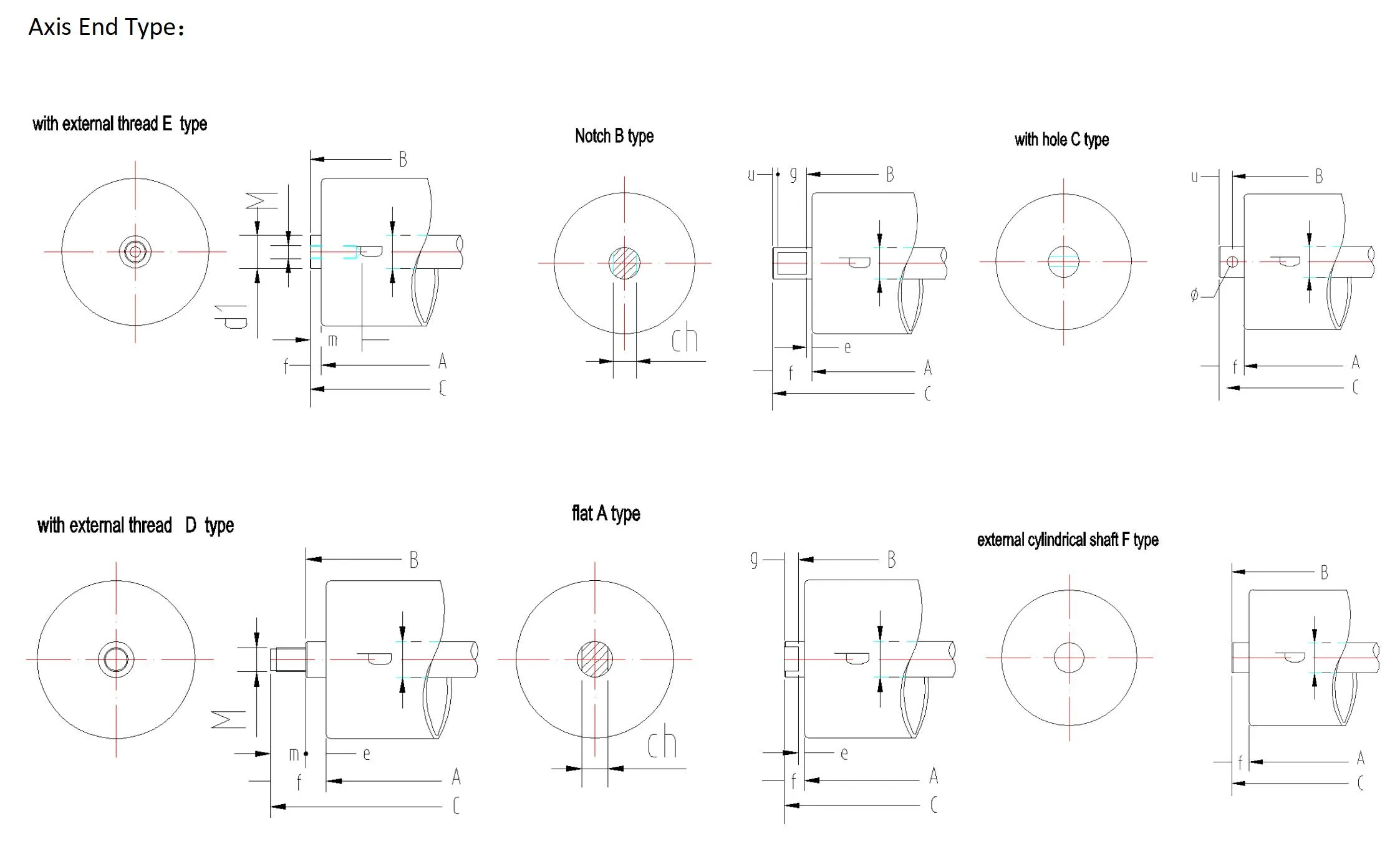 Afrikaans
Afrikaans  Albanian
Albanian  Amharic
Amharic  Arabic
Arabic  Armenian
Armenian  Azerbaijani
Azerbaijani  Basque
Basque  Belarusian
Belarusian  Bengali
Bengali  Bosnian
Bosnian  Bulgarian
Bulgarian  Catalan
Catalan  Cebuano
Cebuano  Corsican
Corsican  Croatian
Croatian  Czech
Czech  Danish
Danish  Dutch
Dutch  English
English  Esperanto
Esperanto  Estonian
Estonian  Finnish
Finnish  French
French  Frisian
Frisian  Galician
Galician  Georgian
Georgian  German
German  Greek
Greek  Gujarati
Gujarati  Haitian Creole
Haitian Creole  hausa
hausa  hawaiian
hawaiian  Hebrew
Hebrew  Hindi
Hindi  Miao
Miao  Hungarian
Hungarian  Icelandic
Icelandic  igbo
igbo  Indonesian
Indonesian  irish
irish  Italian
Italian  Japanese
Japanese  Javanese
Javanese  Kannada
Kannada  kazakh
kazakh  Khmer
Khmer  Rwandese
Rwandese  Korean
Korean  Kurdish
Kurdish  Kyrgyz
Kyrgyz  Lao
Lao  Latin
Latin  Latvian
Latvian  Lithuanian
Lithuanian  Luxembourgish
Luxembourgish  Macedonian
Macedonian  Malgashi
Malgashi  Malay
Malay  Malayalam
Malayalam  Maltese
Maltese  Maori
Maori  Marathi
Marathi  Mongolian
Mongolian  Myanmar
Myanmar  Nepali
Nepali  Norwegian
Norwegian  Norwegian
Norwegian  Occitan
Occitan  Pashto
Pashto  Persian
Persian  Polish
Polish  Portuguese
Portuguese  Punjabi
Punjabi  Romanian
Romanian  Russian
Russian  Samoan
Samoan  Scottish Gaelic
Scottish Gaelic  Serbian
Serbian  Sesotho
Sesotho  Shona
Shona  Sindhi
Sindhi  Sinhala
Sinhala  Slovak
Slovak  Slovenian
Slovenian  Somali
Somali  Spanish
Spanish  Sundanese
Sundanese  Swahili
Swahili  Swedish
Swedish  Tagalog
Tagalog  Tajik
Tajik  Tamil
Tamil  Tatar
Tatar  Telugu
Telugu  Thai
Thai  Turkish
Turkish  Turkmen
Turkmen  Ukrainian
Ukrainian  Urdu
Urdu  Uighur
Uighur  Uzbek
Uzbek  Vietnamese
Vietnamese  Welsh
Welsh  Bantu
Bantu  Yiddish
Yiddish  Yoruba
Yoruba  Zulu
Zulu Drive Belt Tensioner and Idler Pulley Replacement Guide for Vehicle Maintenance
The Importance of the Drive Belt Idler Pulley in Automotive Systems
In the intricate world of automotive mechanics, every component plays a vital role in ensuring the smooth operation of a vehicle. Among these components, the drive belt idler pulley often goes unnoticed, yet its contribution to the overall performance and efficiency of an engine is indispensable. This article delves into the functions, significance, and maintenance of the drive belt idler pulley.
Understanding the Drive Belt Idler Pulley
The drive belt idler pulley is a crucial component in the engine's belt system, which typically includes the serpentine belt or the timing belt. The idler pulley helps to guide the belt and maintain appropriate tension, allowing it to perform various functions, such as driving the alternator, air conditioning compressor, power steering pump, and other peripheral components.
Functions of the Idler Pulley
1. Tension Maintenance One of the primary roles of the idler pulley is to maintain the proper tension on the drive belt. Adequate tension ensures that the belt can effectively transmit power between the engine's crankshaft and ancillary components, preventing slippage and excessive wear.
2. Belt Alignment The idler pulley helps to align the belt appropriately across various pulleys. Proper alignment is crucial to minimize misalignment, which can lead to premature belt failure and engine inefficiency.
3. Noise Dampening The idler pulley also serves to reduce noise generated by the belt's operation. This is particularly important for providing a smoother driving experience and reducing vibrations that can be transmitted through the vehicle's structure.
4. Support for Engine Accessories The idler pulley plays a supportive role in ensuring that engine accessories, such as the alternator and power steering pump, operate efficiently. By facilitating the proper functioning of these components, the idler pulley contributes to overall vehicle performance.
Signs of a Failing Idler Pulley
Like any mechanical component, the idler pulley is not immune to wear and tear. Over time, it can develop issues that may affect its performance. Some common signs of a failing idler pulley include
drive belt idler pulley

- Squeaking or Grinding Noises Unusual sounds emanating from the engine bay can indicate that the idler pulley bearings are worn out
. If left unaddressed, this can lead to further damage.- Cracked or Worn Belt A deteriorating drive belt can be a direct consequence of a failing idler pulley. If you notice signs of wear on your drive belt, it may be time to inspect the idler pulley as well.
- Check Engine Light If the idler pulley has a significant issue, it may trigger the check engine light on the dashboard. It’s advisable to have it inspected by a professional mechanic.
Maintenance Tips
Ensuring the longevity and performance of the drive belt idler pulley requires regular maintenance. Here are a few essential tips
1. Routine Inspections Periodically check the condition of the drive belt and idler pulley during routine maintenance. Look for signs of wear, such as cracks in the belt or unusual wear patterns on the pulley.
2. Belt Replacement Replace the drive belt according to the manufacturer's recommendations. A new belt can alleviate stress on the idler pulley and help maintain system efficiency.
3. Professional Servicing When in doubt, consult a professional mechanic. They can provide an expert assessment and make necessary adjustments or replacements.
Conclusion
The drive belt idler pulley may be a minor component in the broader automotive system, yet its importance should not be underestimated. By maintaining proper tension, alignment, and support for engine accessories, the idler pulley plays a critical role in a vehicle’s overall performance. Understanding its functions and signs of potential failure can help vehicle owners make informed decisions, ensuring a smoother and more reliable driving experience. Regular maintenance and timely inspections are vital for keeping this often-overlooked component in optimal condition.
-
Revolutionizing Conveyor Reliability with Advanced Rubber Lagging PulleysNewsJul.22,2025
-
Powering Precision and Durability with Expert Manufacturers of Conveyor ComponentsNewsJul.22,2025
-
Optimizing Conveyor Systems with Advanced Conveyor AccessoriesNewsJul.22,2025
-
Maximize Conveyor Efficiency with Quality Conveyor Idler PulleysNewsJul.22,2025
-
Future-Proof Your Conveyor System with High-Performance Polyurethane RollerNewsJul.22,2025
-
Driving Efficiency Forward with Quality Idlers and RollersNewsJul.22,2025





























